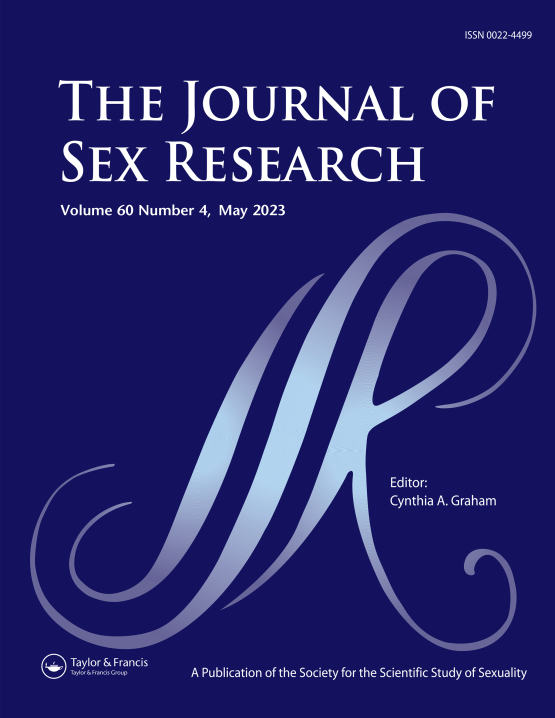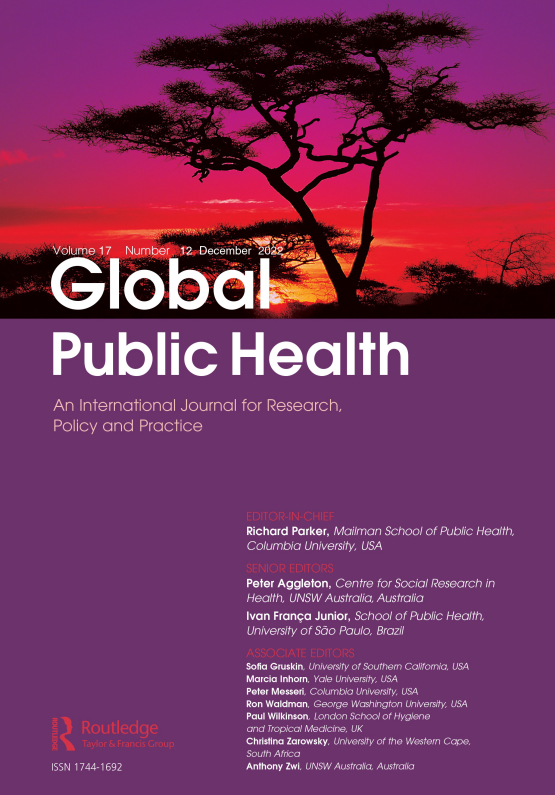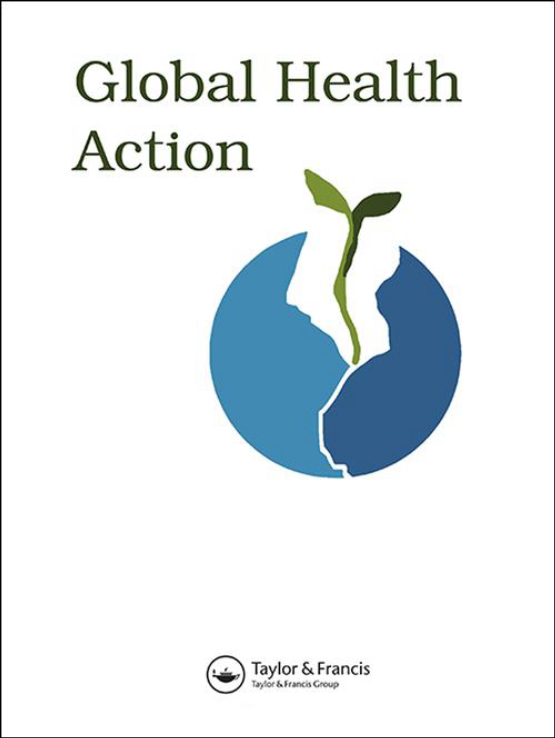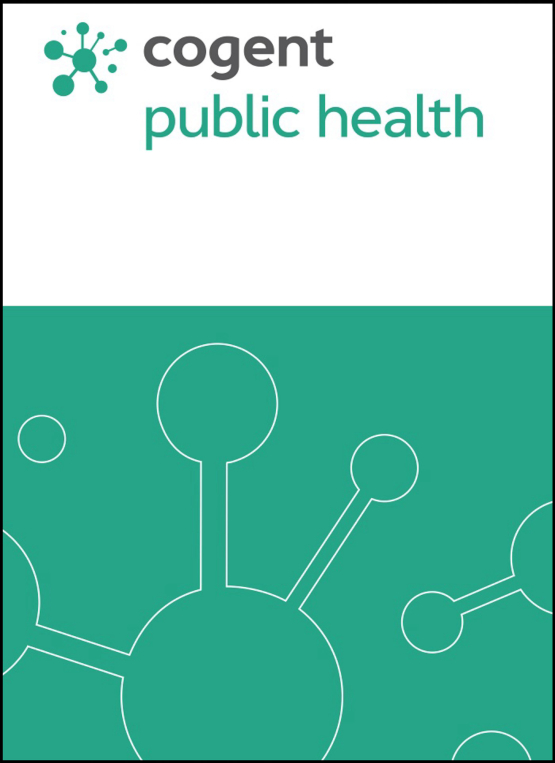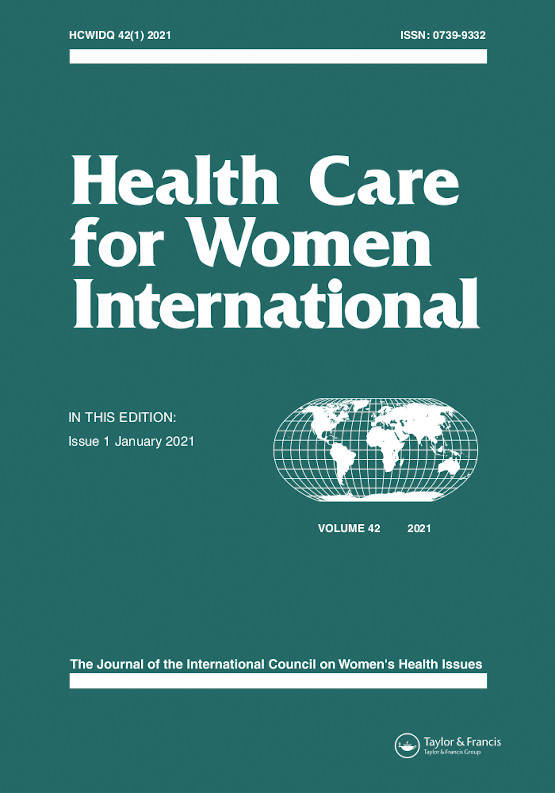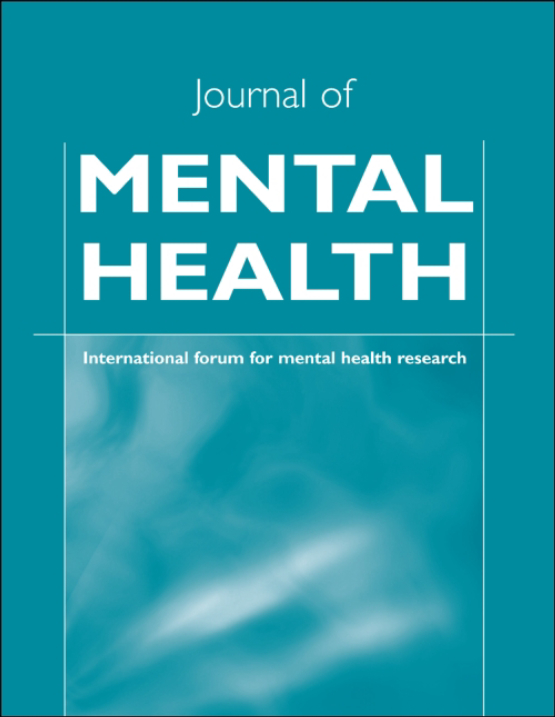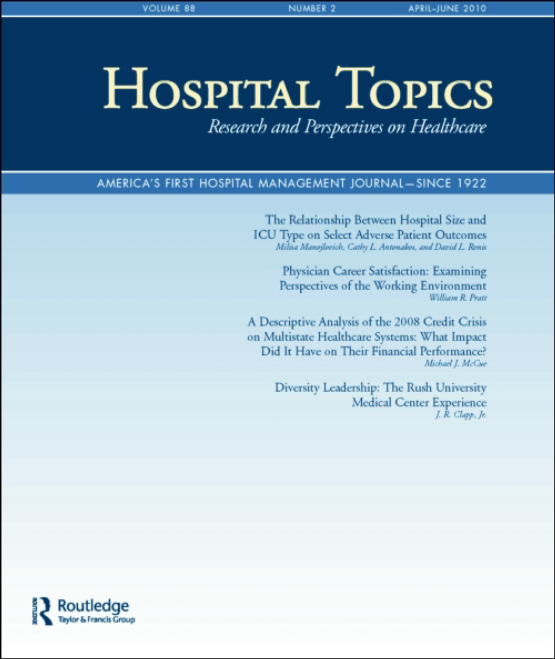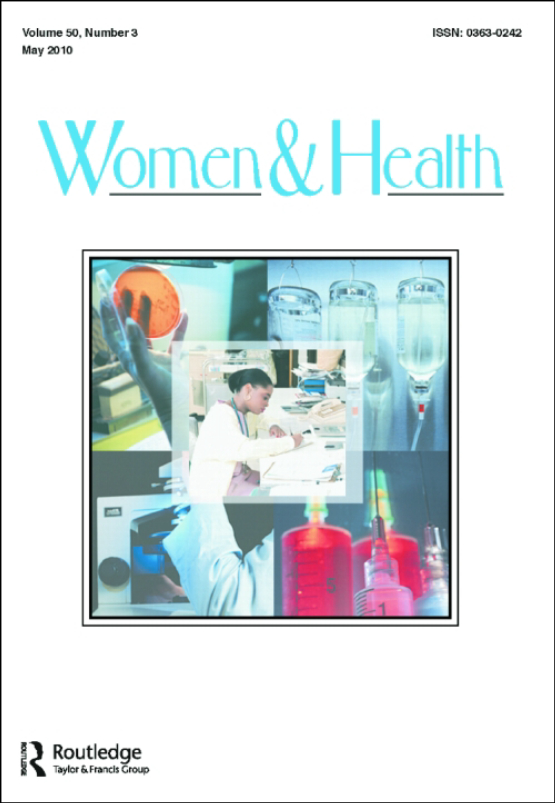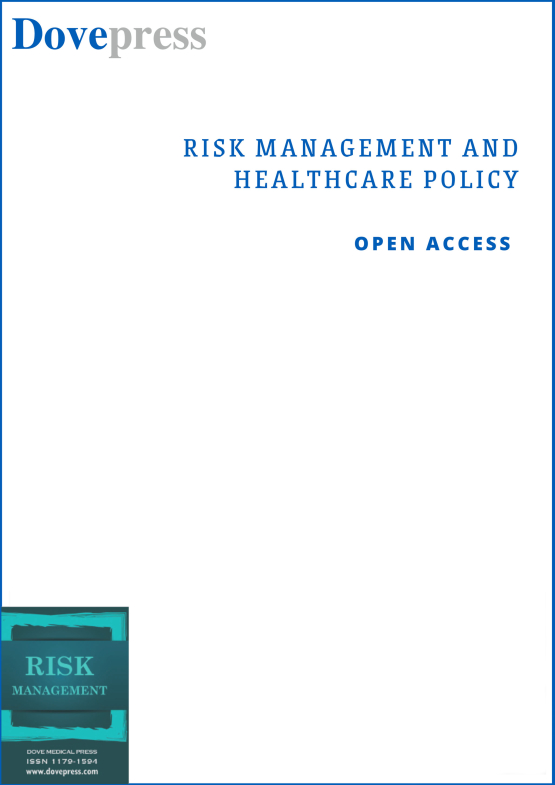Explore leading Public Health Journals
Publish your research, change the world
Expand the reach of your research with our Public Health Journals
The Public Health Journals Portfolio at Taylor & Francis is a collection of esteemed publications that provide groundbreaking insights and research in the field of public health.
With a commitment to promoting healthy communities and improving public health outcomes worldwide, our journals cover a wide range of topics including epidemiology, health policy, infectious diseases, sexual health, and more.
Our esteemed editorial boards ensure that our journals uphold the highest standards of scientific rigor and accuracy, making them essential reading for public health professionals, researchers, and policymakers.
Share your article in one of our leading titles below, ensuring your research has the best opportunity for real-world impact.

Health Systems & Reform
The Journal of Sex Research
Global Public Health
Critical Public Health
Global Health Action
Cities & Health
Cogent Public Health
Health Care for Women International
Journal of Mental Health
Hospital Topics
Women & Health
Risk Management and Healthcare Policy
Publishes open access research on public and community health, preventative and predictive healthcare, vaccination and disease transmission, policy and law.
Want to publish research that makes a real impact?
Browse our portfolio of public health journals and discover papers on a vast collection of global topics. Find the perfect home for your next article and join high-quality cutting-edge research that is world-leading in its field.
Our collection of public health journals cover a wide range of topics in the field. From health system performance to the scientific study of sexuality, global health policies, health access and promotion, women’s health issues, and more, we have a place for your research, and you have a platform to make a real-world difference.
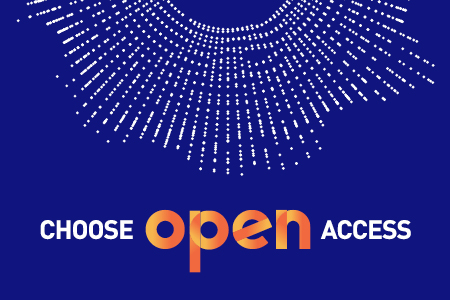
Publishing open access increases the visibility and readership of your research, helping you make an impact beyond your field.

